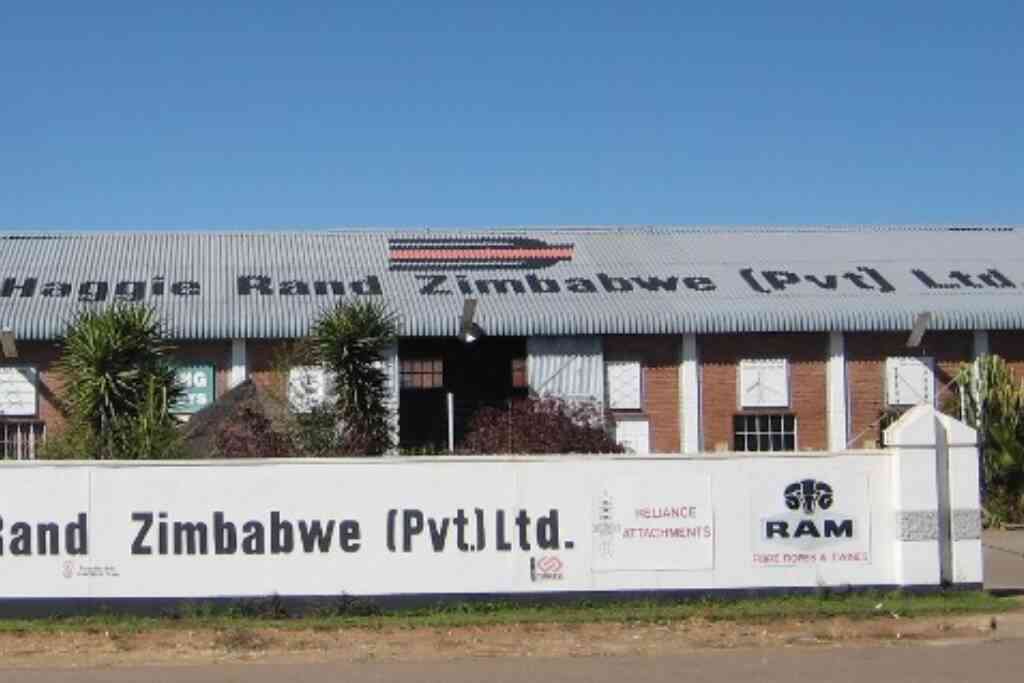
MINING and industrial equipment manufacturing concern, Shepco Industrial Supplies (Shepco) has acquired a significant shareholding in Haggie Rand Zimbabwe (Haggie Rand) for an undisclosed amount.
The two parties approached the Competition and Tariff Commission (CTC) in March this year seeking approval of the deal, which has since been accorded.
The acquisition comes barely a year after Haggie Rand Zimbabwe parent company, the Industrial Development Corporation of South Africa, invited suitors saying it was exiting the Bulawayo-based firm.
Shepco is a business group with mining, industrial and manufacturing operations of nails, bolts and nuts, spares and maintenance for the mining industry, mining equipment (locomotives, loaders, co-pans, conveyor rollers), and distributing safety wear.
Haggie Rand produces steel wire products including wire drawing, wire rope, aluminium conductors and chains and fittings.
The commission defined the relevant market as the drawing of wire in the whole of Zimbabwe, and manufacturing and distribution of nails in the country.
Due to the customer supplier relationship between activities of the merging parties, the merger was classified as vertical. Haggie Rand is involved in wire drawing whereas Shepco is a manufacturer and distributor of wire nails.
“Competition analysis considered theories of harm affecting vertical mergers namely input and customer foreclosure,” CTC said in its second quarter report.
- CTC approves six mergers
- CTC approves six mergers
- Dairibord inks deal after Dendairy flop
- Dairibord inks deal after Dendairy flop
Keep Reading
“Input foreclosures arise when Haggie Rand restricts access to nail wire that it would have otherwise supplied to Shepco’s competitors such as Coal Zim, Survival Fasteners, Tassburg Fasteners and other competitors outside the merger.
“Haggie Rand is producing way below its production capacity due to working capital challenges, constituting at most 1% of the market. Its current investors are unwilling to inject funding to resuscitate operations hence Haggie Rand is severely undercapitalised.”
CTC further noted: “Market power is one of the prerequisites to engage in input foreclosure.
“In this instance, Haggie Rand does not have the ability to engage in such a practice as it is a very small player.
“Moreso, 90% of locally drawn wire is imported. If the merging parties engage in input foreclosure, Shepco’s competitors will resort to imported drawn wire.”
Customer foreclosure occurs when a supplier integrates with an important customer in the downstream market. In this case, Shepco, a customer of drawn wire, is integrating with Haggie Rand, a manufacturer of drawn wire.
As a result of the proposed merger, CTC said the merging parties may deny actual or potential upstream competitors such as Steel Force, Continental Wire, BSI Steel and many other producers, access to a sufficient customer base constraining their ability or incentive to compete.
When considering whether the merged entity would have the ability to foreclose access to downstream markets, the commission examined whether there are sufficient alternative customers in the downstream market for upstream rivals to sell their output.
The market leader in this market is Coal Zim with 15% market share, followed by Survival Fasteners (13%), Scandia Steel & Wire (11%) and many others.
Shepco has a 10% market share and does not have market control in the industry.







